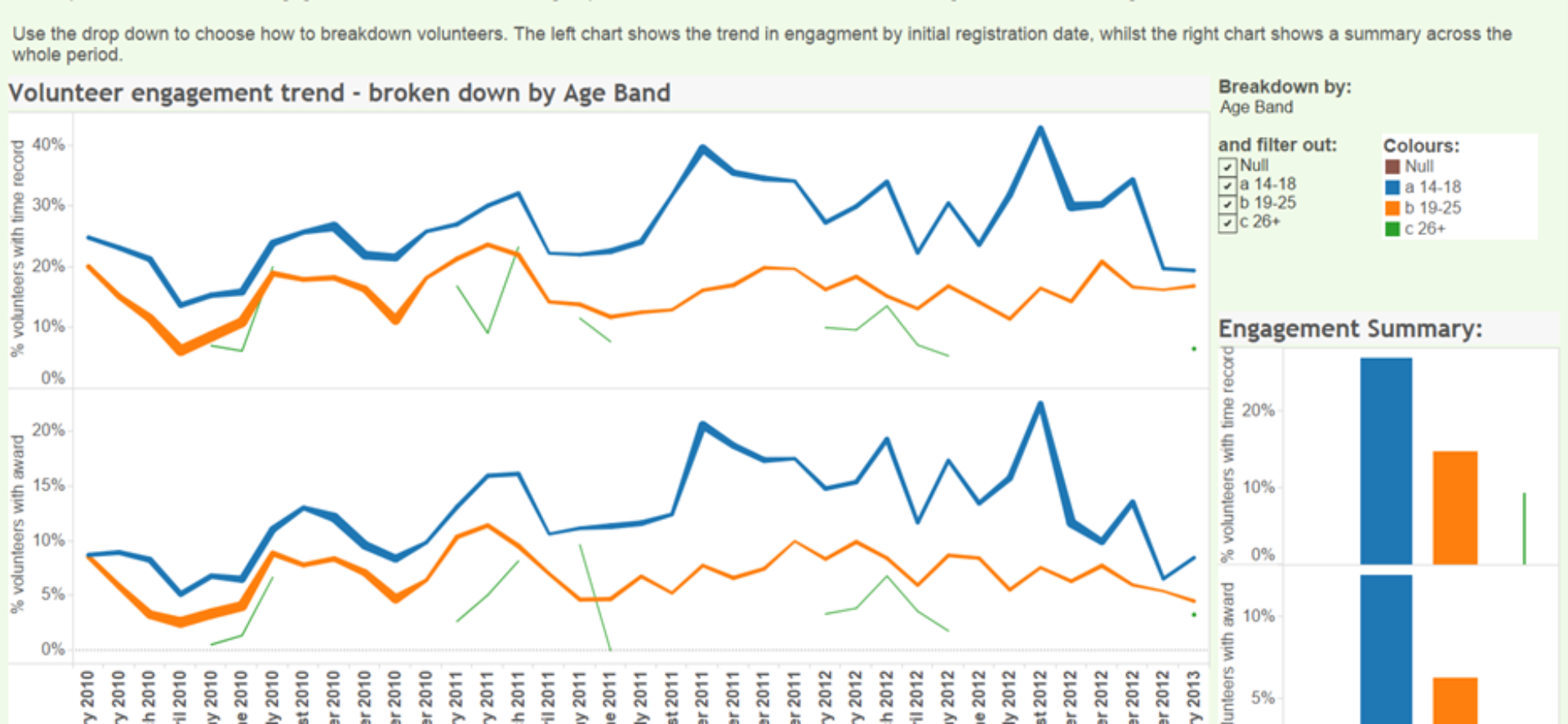Capitalising on the rise in volunteering
Back to BlogFrom bolstering foodbank networks to speeding up the delivery of Covid-19 vaccinations, the pandemic has led to an increasing reliance on volunteering in the UK. Plus, volunteer numbers are on the rise, according to a new ‘Drivers in demand for volunteers’ report from the Department for Digital, Culture, Media and Sport (DCMS).
The report explores in detail what’s been driving the demand for, and supply of, volunteers and how the pandemic has affected this, also noting that post-pandemic, organisations are hopeful the recent surge in volunteers will secure a consistent supply in the future.
In addition, volunteer-led health and first aid charity, St John Ambulance’s income grew considerably during the pandemic from £2.1m to £19m. One reason for this growth was due to the charity’s volunteers, who helped increase the reach of their fundraising campaigns while typical activity during the national lockdowns were halted (read more here).
This rise in volunteering activity and volunteer numbers, and the resulting increase in fundraising activity reach, got us thinking about volunteer data and how it’s integral to understanding the reasons behind the rising supply of volunteers that the DCMS suggests non-profits should capitalise on. Plus, how useful it must have been to the team at St John Ambulance to track supporter movement from volunteer to fundraiser.
Surprisingly, volunteer data is often overlooked and underutilised by charities. Greater investment in volunteer data is needed to help these organisations take advantage of the current high profile of volunteering. It’d lead to a better understanding of who the volunteers are and what they do.
Here are some questions commonly asked by charities that often don’t get answered, without delving into the data, that would help to understand volunteer demographics and behaviours.
- How many engaged volunteers do we have? Are most volunteers only taking a single action?
- How have our volunteer numbers changed over time? Are we getting better at deepening engagement?
- What does the volunteering base look like compared to the UK population? Are all social types equally represented?
- How are volunteers geographically spread across the UK? What areas appear over- or under-represented?
- What volunteer activities have the most hours logged against them? Do we need to create more opportunities to meet the demand?
Do any of these questions resonate with your charity or non-profit organisation? Often, the data needed to answer these questions doesn’t exist or isn’t being looked at, or collated, in the right way.
More volunteers and volunteering activity is obviously a positive step for non-profits. But a data-led approach to volunteering will improve the performance of this growing stream of engagement with charities and potentially open more opportunities.
As the saying goes, if you can’t measure it, you can’t improve it. And a good place to start is better data collection and storage. Our work in this area has resulted in better volunteer reporting and improved retention of volunteers.
The below example is a volunteer engagement report, which is part of a suite of dashboards we developed for vInspired, the UK’s leading youth volunteering charity. Here, we can see the level of engagement for volunteers over a period of time, broken down by age.

Combining volunteer data with other supporter data can also provide a more rounded view of how people engage with a charity. Measuring volunteering activities in correlation with financial interactions would also track and showcase the value of volunteers.
As people look to engage with charities in more ways, whether that’s by donating money, organising fundraising events or volunteering, all interactions have value. More detail on supporter engagement can be found in our whitepaper here.
Charities must act now to maintain this current rise in volunteering. It might be through providing more volunteer banks or virtual volunteering opportunities. But what’s key to capitalising on the growing volunteer movement is investment in volunteer data and getting the most out of it.
Record who your volunteers are and what they’re doing. Then delve into the data and discover insight to improve your volunteer programme and you may even find more ways to engage with these people, plus fundraising opportunities along the way.